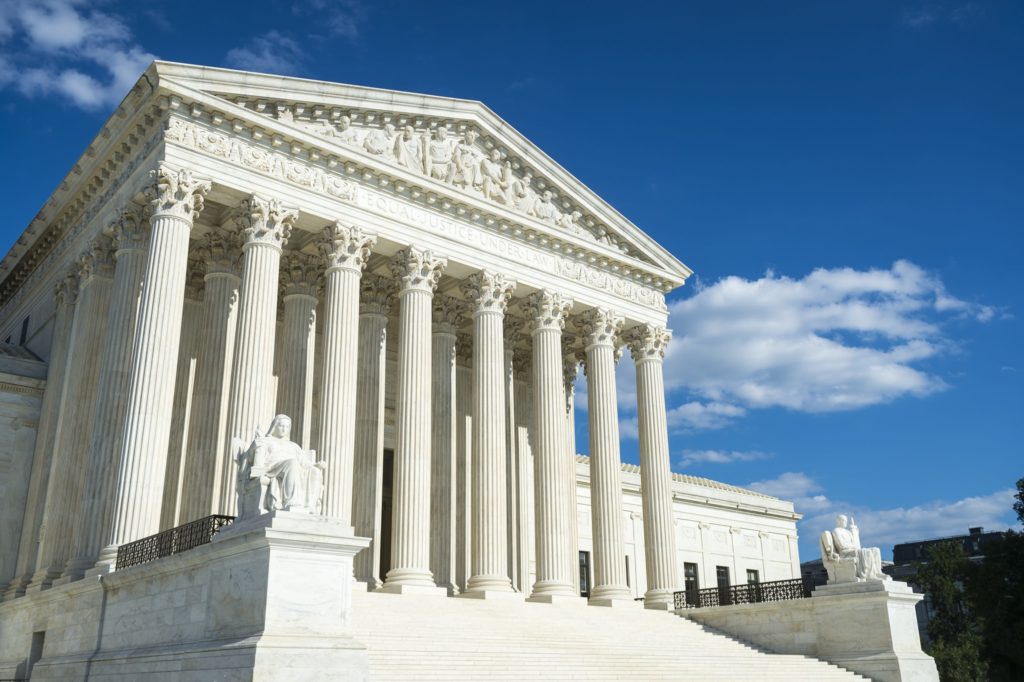Stanford’s batty booze ban
The mercury is trending downward, the leaves are turning red and orange and fresh faces flood campuses across our nation. Autumn is back. It’s a lovely annual recurrence.
At Stanford University, however, something this year has changed: liquor has been mostly banned. The policy, announced last month, is baroque:
In an effort to reduce the availability and accessibility of hard alcohol, Stanford University has updated its student alcohol policy to prohibit high-volume distilled liquor containers for all undergraduate and coterminal students living in undergraduate housing. It also prohibits hard alcohol at all categories of on-campus parties, with the exception of parties hosted by student organizations and residences whose membership is 100 percent graduate students.
Additionally, Stanford:
prohibits containers 750 ml and larger of distilled liquor, spirits and hard alcohol (alcohol by volume 20 percent and above or 40 proof) in undergraduate student residences, including rooms and common spaces. The beverages that are allowed under this policy for individuals 21 and older must have been purchased from a licensed establishment and must be contained and stored in their original containers.
It is, to put it mildly, a bizarre policy, and one doomed to fail. Have these folks ever been to a college party? Beer — usually cheap brands — is the overwhelming the drink of choice, followed by wine. Beer gets chugged during beer pong and other drinking games and slammed into the belly via funnels. Wine is gulped from large volume tumblers. And those who get smashed on beer and wine do dumb and sometime really awful things.
So why pick on distilled spirits, and try to curb access to them?
Limiting the size of hard alcohol containers is a harm reduction strategy designed to reduce the amount of high-volume alcohol content that is available for consumption at a given time. We feel it is a sensible, creative solution that has roots in research-based solutions … Most alcohol retailers only sell large-volume containers – 750 mL and above. Only select retailers sell hard alcohol containers smaller in volume than 750 mL. Therefore, the outlet density of establishments that sell hard alcohol around campus will be greatly reduced. Also, the costs associated with purchasing smaller containers of hard alcohol are higher than the cost per volume of larger containers, which may serve as a deterrent.
Seriously? Has it not occurred to the administration that the shops might start stocking pint-size bottles? Or that a campus black market in 750 ml bottles might develop? Indeed, realizing that many campus drinkers are underage, said illicit markets for beverages already exist.
Stanford, to be fair, is not the only school that has pulled this sort of non sequitur. Dartmouth and the University of Virginia also announced liquor bans after sexual assaults.
Stanford University is a top school, with a student body that is chock full of smarties. As every one of them no doubt knows, this ban is about the Brock Turner rape. Colleen Daly of End Rape on Campus blasted the policy in an interview with Business Insider. “The policy scapegoats alcohol, misplacing culpability from perpetrators to the tool they use to carry out assault … This policy is both misguided and ineffective as it perpetuates the myth that alcohol, rather than rapists, causes rape.” That rape frequently is perpetrated by individuals who are sober seems lost on Stanford’s leadership.
And there’s a more basic issue here: Alcohol is alcohol. A shot of liquor, a glass of wine and a can of beer carry the same amount of alcohol. Any authority figure who thinks bad behavior will diminish or disappear by banning liquor is kidding himself.
If we want to reduce the incidence of alcohol-fueled bad behavior, then we need to think about strategies for reducing binge-drinking. Right now, we mollycoddle kids and keep them from alcohol until age 21 — then turn them loose as young adults and are shocked when they end up smashed on cheap drinks. It’s inane. Here’s a crazy idea — let’s teach the young to consume responsibly. Let’s treat young adults as just that — adults who are expected to behave responsibly, rather than as kids who are not. We’ll get far better results — and collegiate poohbahs who should know better won’t feel obliged to enact silly booze bans.
Photo by jejim / Shutterstock.com







